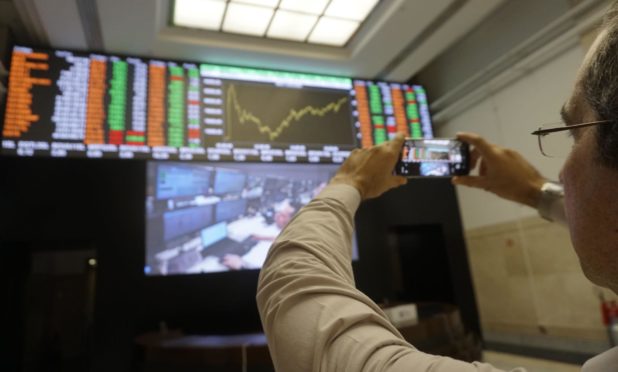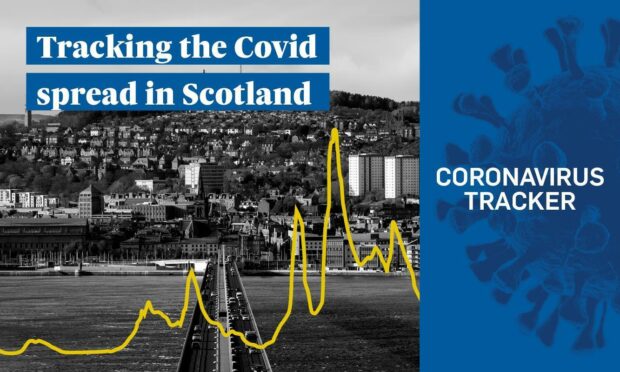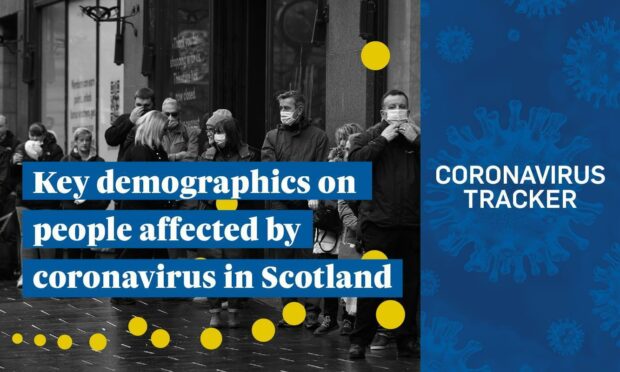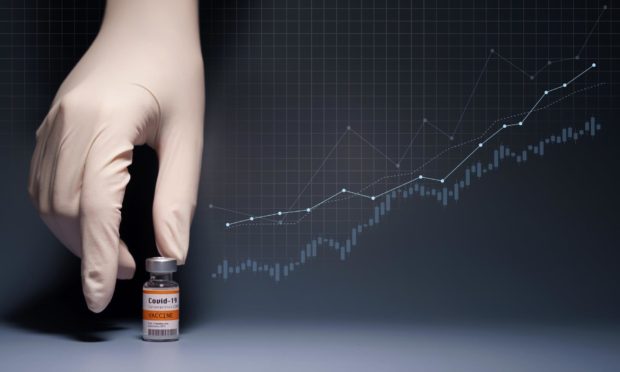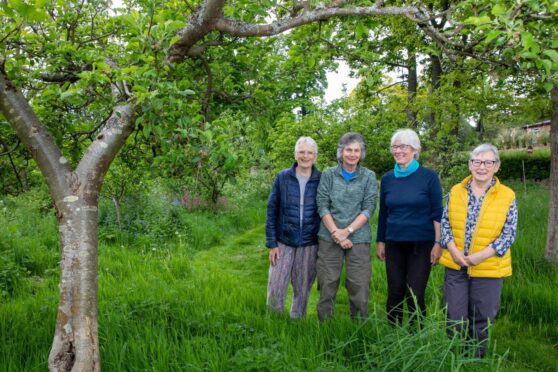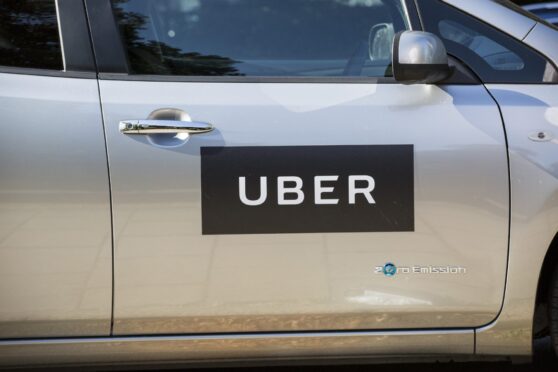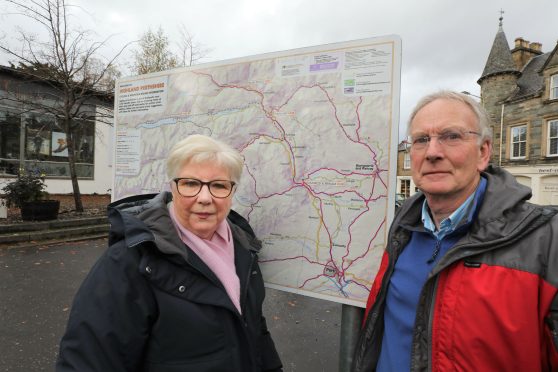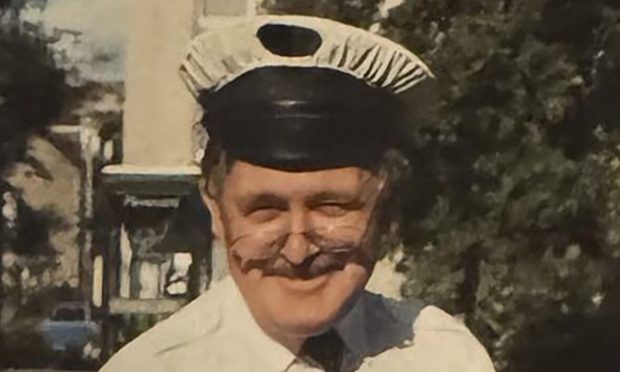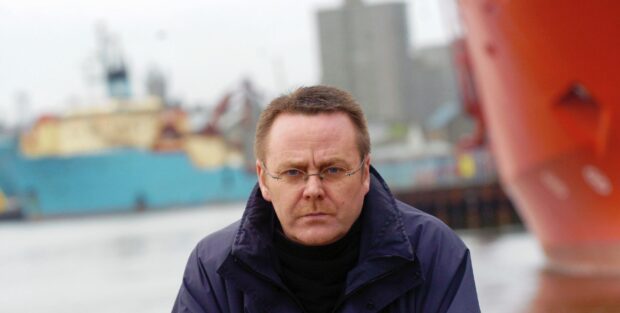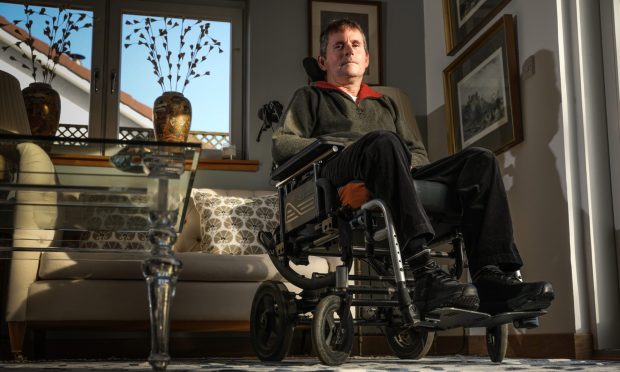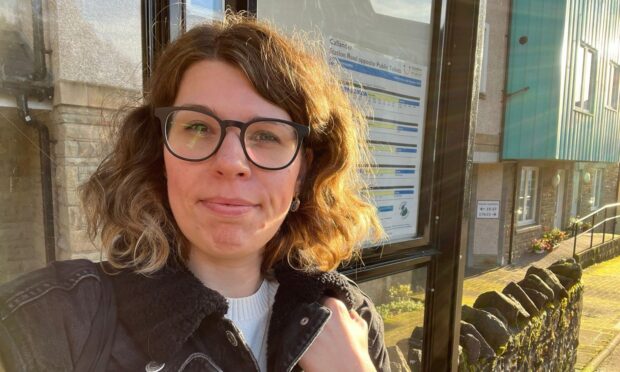We’ve been tracking the daily coronavirus numbers since the beginning of the pandemic. As society begins to open back up, we have put together a new collection of charts to help readers track Scotland’s recovery.
Updated regularly whenever new figures become available, the selected measures provide a broad overview of how the country is returning to some variety of normal.
Health
As the pandemic hit, attendances at accident and emergency departments began to fall – driven partly by fear and partly by people not wanting to be a burden on an NHS that could become overwhelmed.
The chart below shows the change in A&E attendance in Scotland.
The Scottish Government commissioned a weekly YouGov poll in April looking at the proportion of people who would avoid going to a doctor or hospital for an immediate non-Covid-19 health concern.
Society
Many families have been hit by the financial impacts of coronavirus-related layoffs. The chart below tracks the number of monthly applications for crisis grants in Scotland.
Unsurprisingly, this effect is also seen in the number of people claiming unemployment benefits (claimant count) and the unemployment rate.
At the peak of the pandemic people were encouraged only to use public transport if absolutely necessary. Now that the country is opening back up, more people are reliant on it for the daily commute. However, according to Ipsos Mori polling, people are still wary of getting back on the bus.
The chart below shows a slow and steady increase in vehicles on the road, compared with the pre-lockdown situation.
With less cars on the road, it seems inevitable that pollution levels would fall. The chart below shows levels of Nitrogen Dioxide in Aberdeen and Dundee.
Economy
Will the Scottish economy see the highly sought-after ‘V-shaped recovery’? The chart below tracks the monthly Gross Domestic Product (GDP).
According to Ipsos Mori polling data, a large proportion of people surveyed still perceive a ‘high threat to jobs or business’.
Some industries have been hit harder than others. The chart below shows the Monthly Business Turnover Index, which is based on a monthly ONS survey and looks at companies reporting increased or decreased turnover compared with the same period last year. Values below 50 (shaded in the chart) indicate that the majority of companies are showing decreased turnover.
During lockdown, all but essential house moves were put on hold. This can be seen in the chart below where the volume of houses sold in Scotland reached an all time low.
Politics
Has Nicola Sturgeon had a ‘good pandemic’? This chart shows polling data on the percentage of people who trust the government to work in Scotland’s best interests.
How has the handling of the crisis affected independence polling? Polls since lockdown appear to suggest a surge in support.
Let us know if there is something else you think we should be tracking by emailing lkelly@dctmedia.co.uk
